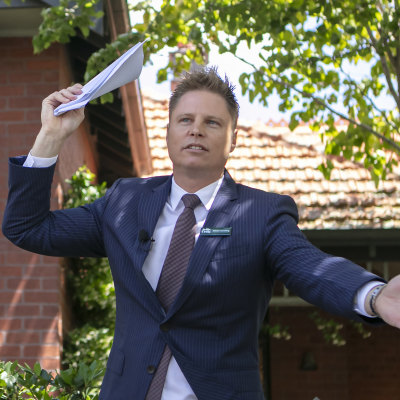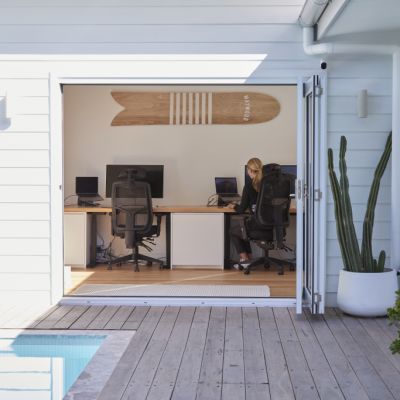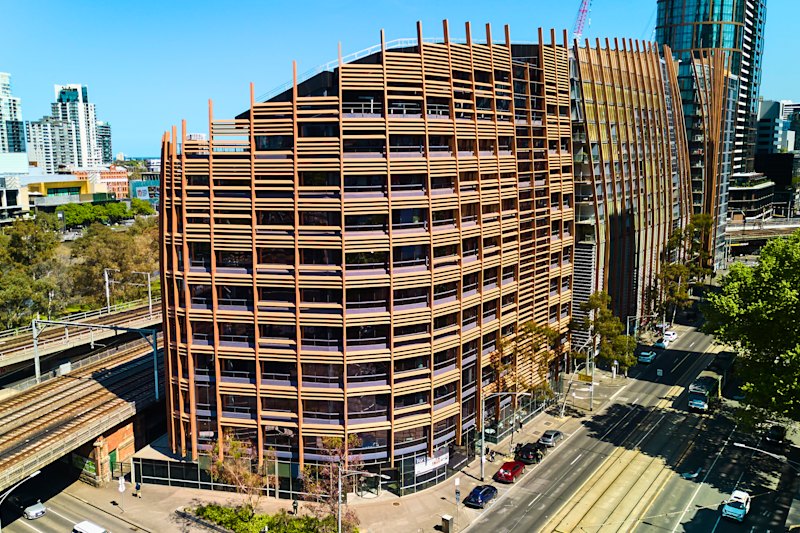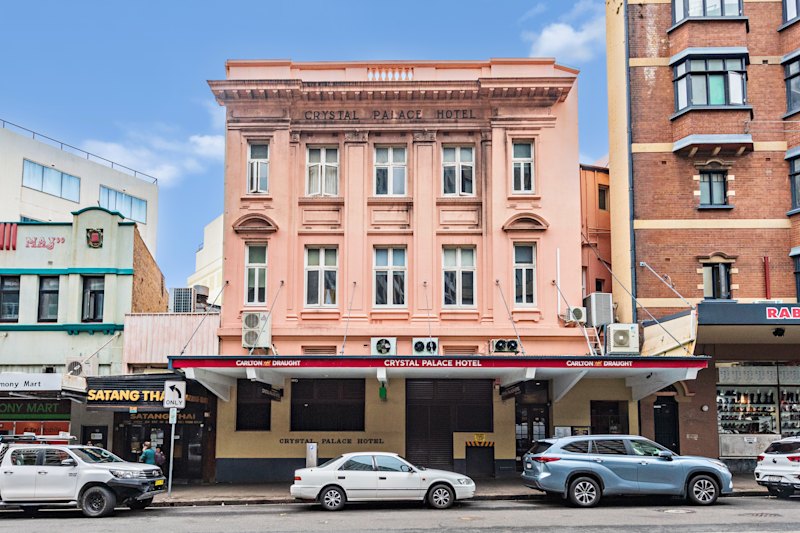‘Very broken housing system’: More high-income earners stuck in rent trap
More people earning a higher income are caught in a rental trap as house prices soar, unless they have the help of the bank of mum and dad to break into the property market.
Almost a quarter of Australia’s renting households were earning a household income of $140,000 and above by 2021. Only 8 per cent of renting households earned that high an income in 1996.
That has led to lower-income earners being pushed into housing stress and facing a shortage of rental properties they could afford, a new study shows.
The situation now is expected to be much worse, as the researchers used Census data from 2021 before rents rose to record highs and vacancy rates hit record lows to produce the Australian Housing and Urban Research Institute’s study Affordable private rental supply and demand: short-term disruption (2016–2021) and longer-term structural change (1996–2021).
Meanwhile, the number of low-income earners – those earning $39,000 or less each year – looking for a rental in 2021 remained steady, but just 13 per cent of Australia’s rental stock was considered affordable for them, with a rent of around $266 per week.
In 1996, they could afford almost 60 per cent of the rental stock being offered.
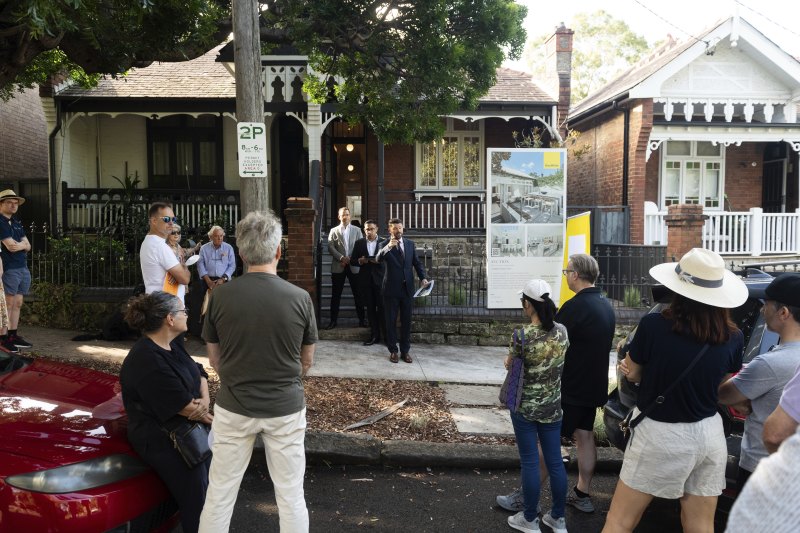
Study author and Swinburne University of Technology researcher in urban and regional planning Margaret Reynolds said having higher income earners in the rental market had made it much more difficult for people on very low incomes, meaning some were forced to stay at home with family or friends.
“People are staying at home longer and paying rent to their family because they can’t afford to live out of home,” Reynolds said. “It’s definitely a continuing problem for those on a lower income.”
Those living out of home were increasingly paying rents that were considered unaffordable – more than 30 per cent of their incomes.
Eighty-two per cent of low-income earners were paying unaffordable rents in 2021 across Australia, while 90 per cent were paying them in capital cities.
In 2021, there was a shortage of 348,000 affordable and available homes for lease, the study showed, with the biggest shortfall in Sydney, where an extra 72,200 properties were needed.
Melbourne followed closely with a shortage of 71,600 properties, while Brisbane (-37,200) and Perth (-20,500) also fell short for people on the lowest incomes.
In the regions, the Gold Coast had a 12,200 affordable-rental property shortfall, Newcastle lacked 8,800 and Geelong 3,500.
The study, which looked at historic census data, had only taken into account the market as it had been during COVID-19 before record low vacancy rates first hit in 2022.
Experts say the problem for renters would be even more dire now.
“Unfortunately, the situation has not improved for lower income renters since the Census was taken,” Reynolds said. “In 2022 rents began to increase substantially, leading to what many have termed a ‘rent crisis,’ as migration and mobility returned to pre-COVID levels placing additional demand pressure on the private rentalmarket.”
Lead economist with Impact Economics and Policy, Dr Angela Jackson, called the figures “shocking.”
“I think overall these figures are pretty worrying,” Jackson said. “It would be so much worse now.
“It just shows a very broken housing system,” she said. “If you’re on a higher income, unless you have the bank of mum and dad to help you buy a property you will be in the rental market longer and that drives up rents and availability falls.”
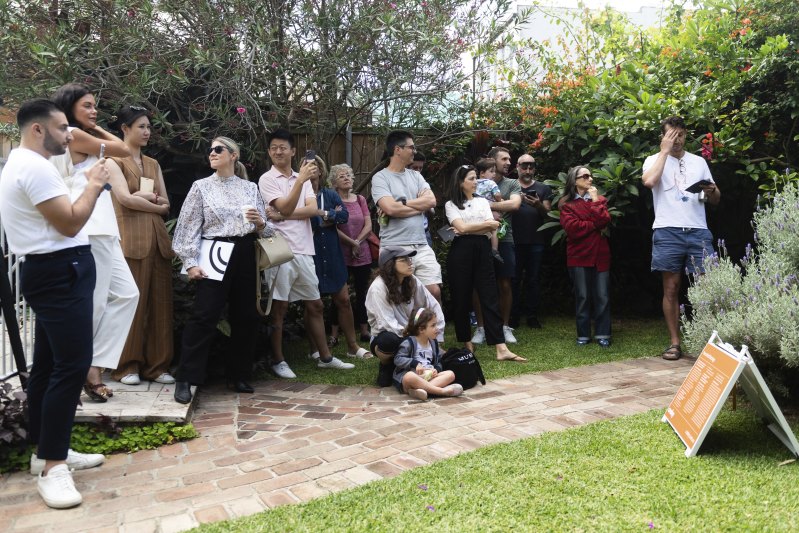
Vacancy rates were relatively high across the country in 2021, as international borders remained closed. But rental vacancies have fallen close to, record lows across the capital cities, pushing up rents and making it difficult for tenants no matter their income.
Jackson said there was no easy fix for the rental market, with more than one solution needed to make rentals affordable and available for tenants.
That included building more affordable housing that could be rented out and making tax reforms and government policy changes at a state and federal level.
“Often people want one solution, but for this, there just isn’t one,” Jackson said.

We recommend
We thought you might like
States
Capital Cities
Capital Cities - Rentals
Popular Areas
Allhomes
More
/http%3A%2F%2Fprod.static9.net.au%2Ffs%2F32bc27bd-5555-4637-b412-875dd04fbe5b)
